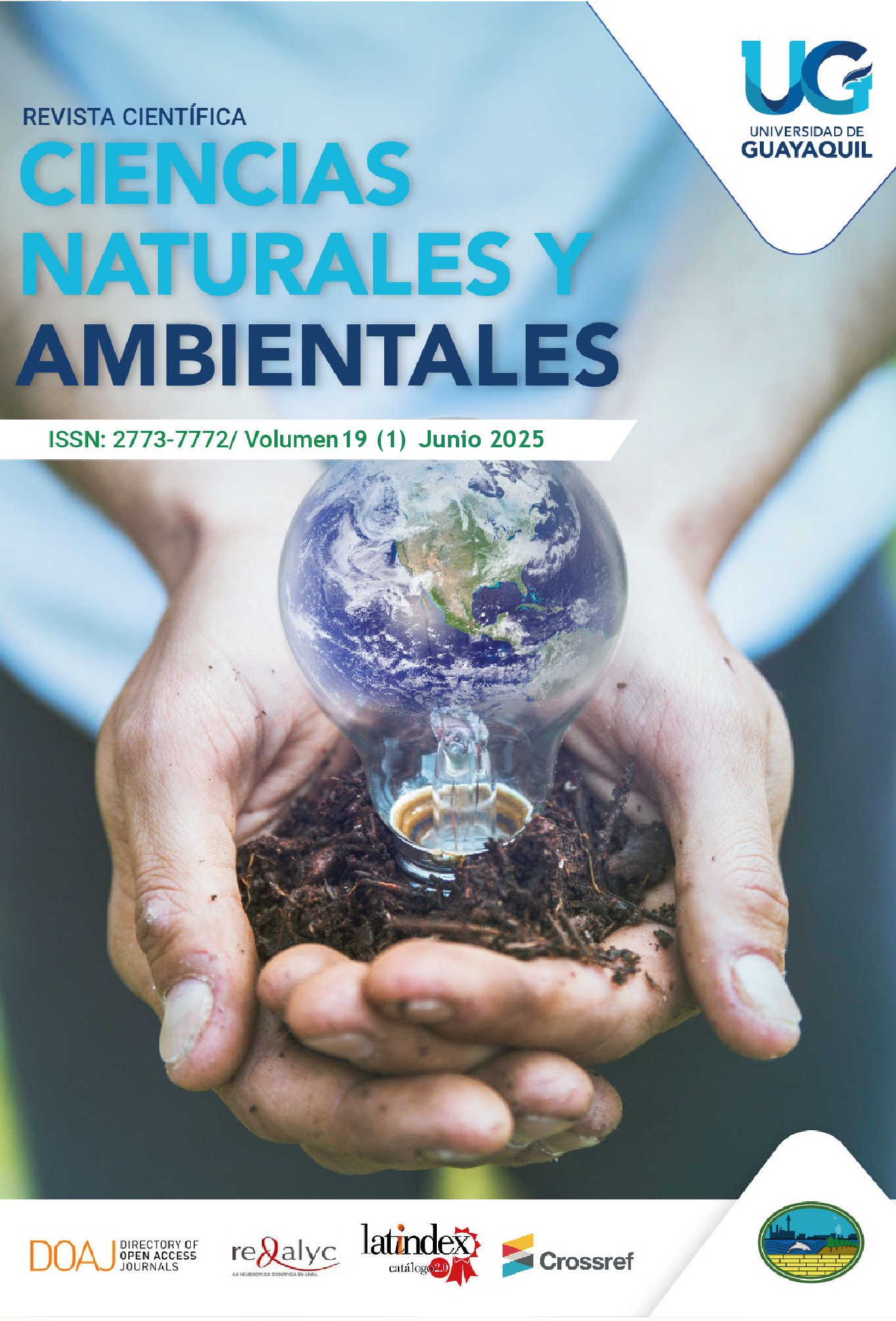New distribution of Arapaima gigas (Cuvier, 1829) (Osteoglossiformes: Arapaimidae) in Ecuador.
DOI:
https://doi.org/10.53591/cna.v19i1.2152Keywords:
embalse, geográfica, identificada, taxonómicasAbstract
Arapaima gigas has been identified for the first time in the Chongón reservoir, which is part of the National System of Protected Areas. This discovery extends the geographical distribution of the Arapaimidae family in Ecuador. Taxonomic characteristics and photographic records are presented to confirm the identification
Downloads
Published
Issue
Section
License
Copyright (c) 2025 Ulises Avendaño Villamar, José Pacheco Bedoya, Enrique Laaz Moncayo, Milton Montufar Romero, Walter Ruíz Choez

This work is licensed under a Creative Commons Attribution-NonCommercial-NoDerivatives 4.0 International License.
Esta obra está bajo una licencia Creative Commons: No comercial-Sin Derivadas- 4.0. Los autores mantienen los derechos sobre los artículos y por lo tanto son libres de compartir, copiar, distribuir, ejecutar y comunicar públicamente la obra.


